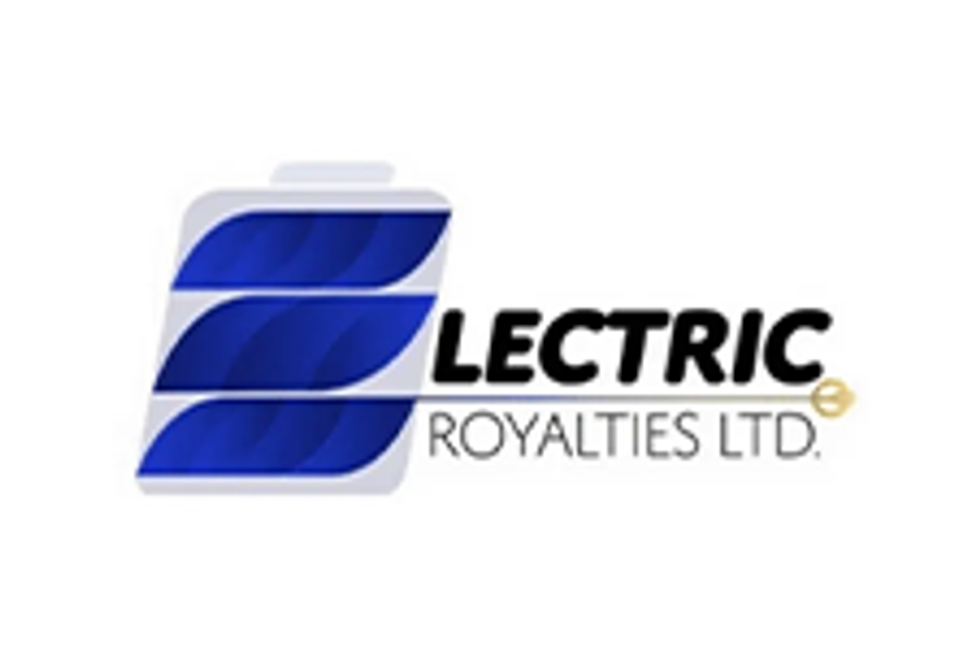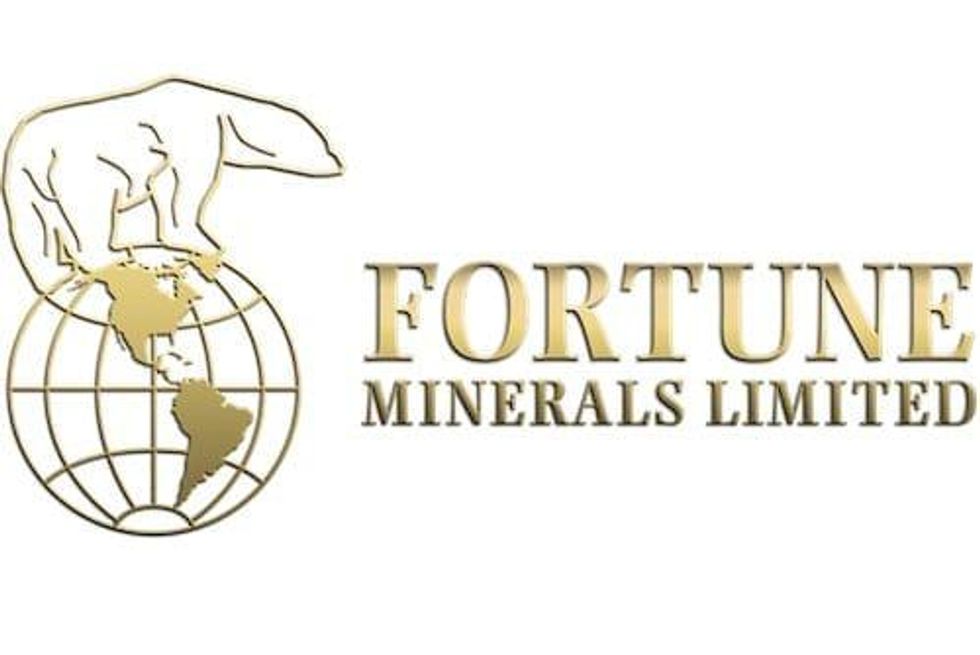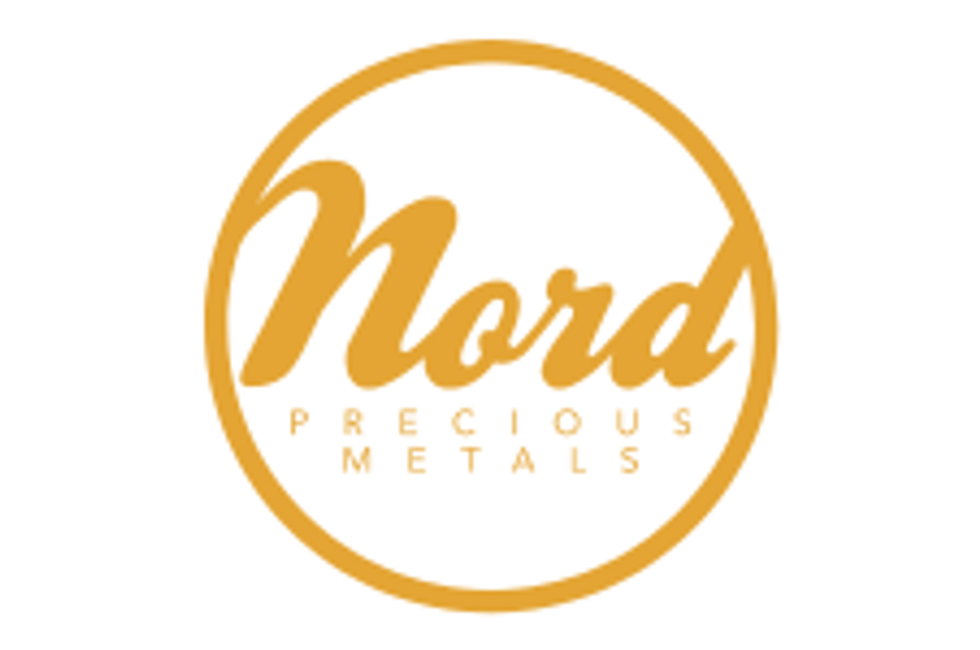Cobalt Trends 2021: Prices Outperform Expectations, EV Demand Increases
What happened in the cobalt market this year? Here’s a look at the major cobalt trends in 2021, from prices to electric vehicle demand.

Click here to read the previous cobalt trends article.
Cobalt prices continued their upward journey in 2021, following a 2020 that saw the metal rebound on the back of steady electric vehicle (EV) demand.
Governments around the world continue to push for a green energy transition, turning market watchers' attention to key raw materials used in lithium-ion batteries, such as cobalt.
Read on to learn what happened in the cobalt market in 2021, including supply and demand dynamics, as well as what market participants had to say during each quarter of the year.
Cobalt trends Q1: Prices outperform expectations
Despite the COVID-19 pandemic, which broke out in earnest during March 2020, cobalt prices showed unexpected resiliency in the face of uncertainty throughout that year.
After a year of relative stability, a combination of tight supply and rising demand from the battery industry saw prices outperform expectations for the first quarter of 2021, Greg Miller of Benchmark Mineral Intelligence told the Investing News Network (INN) back in March.
“I think the main surprise was the strength of demand in Q1,” he said.
Prices were strong during the first three months of the year for a number of reasons, with Harry Fisher of CRU Group pointing to stockpiling from China’s State Reserve Bureau, EV market demand, raw material logistics issues in South Africa and a positive post-COVID-19 outlook as the main drivers.
“The sulfate premium (was) particularly high, reflecting both strong EV market sentiment, as well as continued weakness in the European metal market,” he told INN in Q1. “Cobalt metal prices have been weak relative to raw material prices, leading to some Chinese metal producers temporarily halting production in early 2021 or switching to sulfate production to benefit from higher prices.”
Cobalt is an essential element in the batteries used to power EVs, and EV sales remained strong in China, Europe and the US at the start of 2021.
Low-cost EV models have been particularly popular in China, primarily relying on less expensive lithium-iron-phosphate (LFP) cathodes, according to Fisher.
“LFP has regained market share in the last 12 to 18 months, and this will have a small negative impact on cobalt demand,” he said. “Overall though our EV demand outlook has been strengthened, which more than offsets this.”
Looking over to supply, availability is expected to improve as logistics issues in Africa ease and several operations in the Democratic Republic of Congo (DRC) continue to ramp up production, according to Benchmark Mineral Intelligence. The DRC is the top cobalt-producing country by far.
“However, with most major producers locking their supply into long-term contracts, spot availability is still expected to remain relatively tight going forward,” Miller said.
Cobalt trends Q2: Steadiness continues for prices
Speaking with INN about how cobalt performed in the second quarter, Fisher of CRU said cobalt metal prices remained relatively steady through Q2 as expected.
European cobalt metal prices averaged around US$21 per pound in the April to June quarter, a similar level to Q1. Prices adjusted down slightly through the period from a high of US$23 due to weaker spot market activity.
“European prices continued to be below Chinese prices, as has been the case for almost all of 2021,” Fisher told INN back in June. “Chinese sulfate prices fell slightly below metal prices from the start of April after remaining at a premium since November 2020.”
After prices rose early in Q1, end users purchased ahead of their requirements.
“This led to a period of destocking, weaker end-use demand and spot market activity through much of Q2, putting some downward pressure on prices,” Fisher said.
As seen in Q1, cobalt demand growth continued to be led by EVs and other battery markets. But cobalt is not only used in batteries — with its high melting point and ability to maintain strength even at raised temperatures, it is useful in cutting tools, superalloys, surface coatings, high-speed steels and many other materials.
“In other end-use sectors, traditional industrial applications are expected to continue their recovery as major economies push forward with COVID-19 vaccinations and relaxing restrictions,” Fisher said.
In terms of overall supply, CRU did not foresee any major changes for the rest of 2021 at the end of the first half.
“Some Chinese refiners are still reducing or pausing metal output due to general market weakness, and prioritizing chemical production instead,” Fisher said. “PT Lygend in Indonesia has successfully commissioned Phase 1 of its high-pressure acid leach, with Phase 2 expected in October.”
Meanwhile, Benchmark Mineral Intelligence expected supply availability to improve in the second half of the year in light of new projects entering production in the DRC, including Wanbao Mining’s Pumpi project. The asset is designed to produce around 5,000 tonnes of cobalt hydroxide per year on a metal content basis.
In addition, the continued ramp up of existing projects, such as ERG’s RTR and Glencore’s (LSE:GLEN,OTC Pink:GLCNF) Kamoto Copper Company, as well as Sumitomo's (OTC Pink:SSUMY,TSE:8053) Ambatovy returning to the market after a lengthy stoppage, were seen contributing to supply for the rest of 2021.
“Further to this, the logistics delays impacting the supply chain in late 2020 and early Q1 now appear largely to have been resolved,” Miller said.
Cobalt trends Q3: Limited spot market activity
During the first three months of the year, cobalt prices outperformed expectations due to tight supply and rising demand from the battery industry. Prices had stabilized by the second quarter and continued this trend in Q3.
“Prices remained relatively stable as we expected (in Q3), albeit with limited spot market activity during the northern hemisphere summer and with more volumes being sold in long-term contracts,” Fisher commented.
Similarly, prices largely performed in line with Benchmark Mineral Intelligence’s expectations in Q3.
“The market is tight, helped in part by disruptions to logistics and high freight costs, as consumption rates improve across all downstream industries,” Miller told INN at the end of the third quarter.
He said the biggest surprise in Q3 was the relative lack of buying activity from the battery supply chain in the Chinese market, despite the strength of EV sales.
“It seems refiners still have relatively large stocks of inventory that they acquired earlier in the year; however, I expect this to change over the coming months,” he added.
Speaking about the main trends in Q3, Fisher said end-use demand for sulfates remained very high, particularly due to a strong performance for EV sales. “Chinese imports of cobalt metal remain high due to the majority of domestic metal capacity being idled, and continued tightness for hydroxide,” he said.
For the expert, the key announcement in Q3 was a US$2.5 billion expansion at China Molybdenum’s (OTC Pink:CMCLF,HKEX:3993) Tenke Fungurume mine in the DRC.
Production is expected to double from current levels by the mid-2020s. “This is a positive sign for the market, but there is still a need for further mined supply investment,” Fisher explained to INN.
The cobalt supply chain was put to the test when the pandemic hit, showing resilience in the midst of uncertainty. According to Fisher, most operations have now adjusted to working with COVID-19 restrictions.
“However, there has been a series of supply chain disruptions from a variety of factors, such as COVID-19 restrictions at South African ports, disruptions on the DRC-Durban trucking routes, civil unrest in South Africa and more recently container shortages and ocean freight bottlenecks,” he added.
Cobalt trends Q4: Uptick for prices continues
The upward trajectory for prices seen throughout the year continued in the last three months. So far in 2021, cobalt prices have risen more than 90 percent, with prices increasing by 10 percent in November to their highest level since 2018 at above US$30, as per Benchmark Mineral Intelligence data.
“The cobalt market outperformed expectations in Q4, as the cobalt metal price rally sustained throughout the quarter,” Miller told INN. “Although this was not altogether a surprise considering market fundamentals.”
The bullish demand outlook for cobalt on the back of increased EV sales continued to support prices, even as battery chemistries that use no cobalt gathered attention. Additionally, supply-side issues related to logistics have helped sustain the current price levels.
“The Omicron variant has sparked fears in the cobalt market of deepening and prolonged logistical delays,” S&P Market Intelligence Senior Analyst Alice Yu said. “To date, most of the impact of COVID-19 on cobalt supply has been felt by supply chain logistics rather than mining operations.”
In November, the market intelligence firm was expecting total cobalt demand to rise to 195,000 metric tonnes (MT) in 2022, up from 132,000 MT in 2020 and an estimated 170,000 MT in 2021. That said, it forecasts that the cobalt market will enter a surplus of 1,000 MT next year, following a 2021 deficit of 8,000 MT.
In other news from the cobalt space, the Entreprise Generale du Cobalt (EGC) — a company set up by the DRC earlier in 2021, which has monopoly rights to the purchase and sale of the country’s hand-mined cobalt — said it will start buying cobalt in late January. EGC aims to snap up 10,000 tonnes of cobalt in hydroxide in 2022, with a long-term aim of purchasing 25,000 tonnes a year of artisanal cobalt.
“I think the formalization of artisanal mining is certainly positive and provides greater transparency to the sector,” Miller told INN back in March, when EGC kicked off its operations in the DRC.
“However, it has the potential to add a further layer of complexity to the supply chain and may limit the ability of artisanal supply to act as ‘swing supply’ in times of market tightness.”
Don’t forget to follow us @INN_Resource for real-time news updates.
Securities Disclosure: I, Priscila Barrera, hold no direct investment interest in any company mentioned in this article.
Editorial Disclosure: The Investing News Network does not guarantee the accuracy or thoroughness of the information reported in the interviews it conducts. The opinions expressed in these interviews do not reflect the opinions of the Investing News Network and do not constitute investment advice. All readers are encouraged to perform their own due diligence.
- Top Canadian Cobalt Stocks | INN ›
- Top Cobalt Reserves by Country | INN ›
- Cobalt Outlook 2022: Rapid EV Growth to Drive Demand, Resilience in Prices | INN ›
- Top Canadian Cobalt Stocks | INN ›
- 5 Top Cobalt-mining Companies | INN ›
- Cobalt Market Update: Q1 2022 in Review | INN ›
- Cobalt Market Update: Q3 2021 in Review | INN ›
- Cobalt Market Update: Q2 2021 in Review | INN ›
- Top 3 Canadian Cobalt Stocks (Updated March 2022) | INN ›
- Cobalt Market Update: Q1 2022 in Review ›
- Top 3 Canadian Cobalt Stocks (Updated April 2022) ›
- Top 3 Canadian Cobalt Stocks (Updated August 2022) ›
- Cobalt Market Update: Q2 2022 in Review ›
- Cobalt Market Update: Q2 2022 in Review ›
- Cobalt Market Update: Q3 2022 in Review ›



